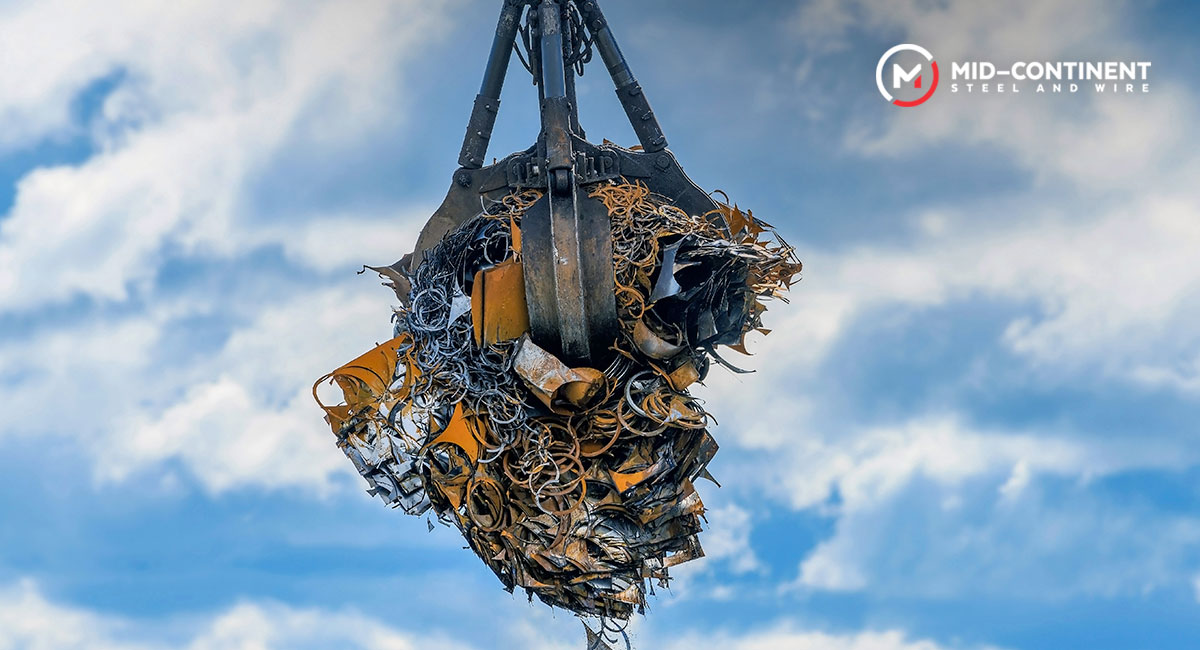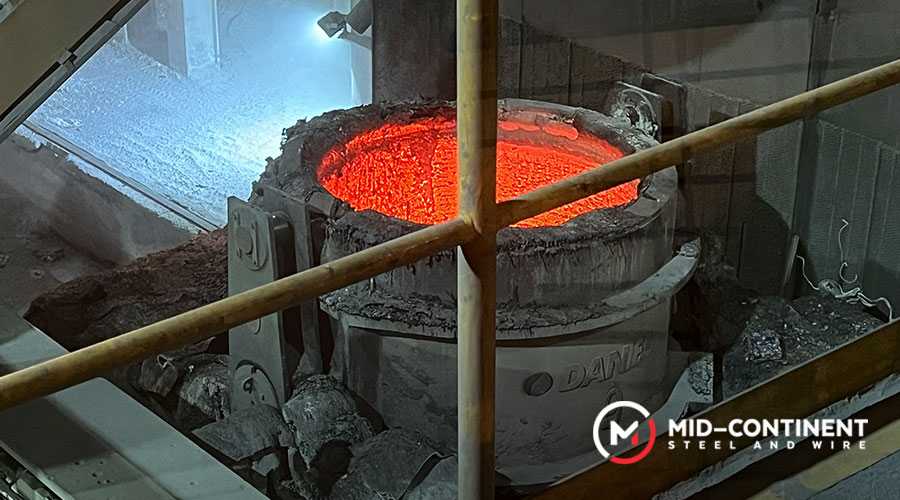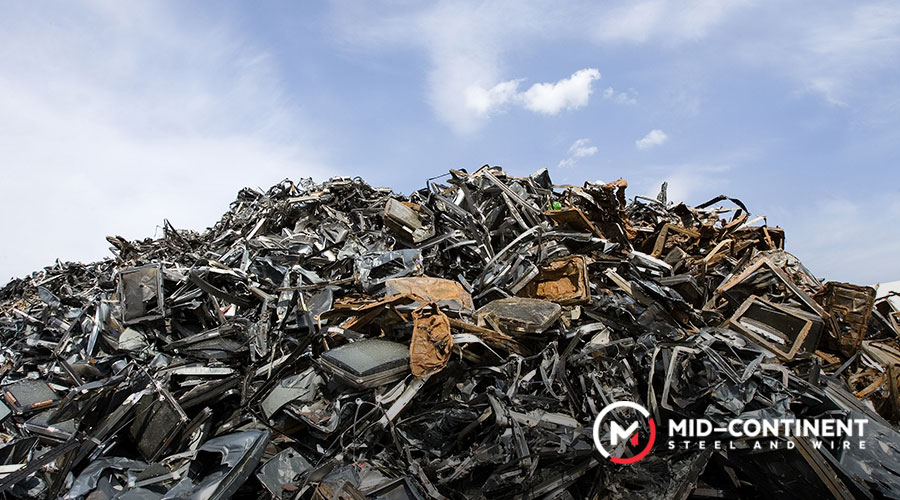
Implementing sustainability in steel production is a necessity that has far-reaching implications for the industry’s future. We can reduce the steel industry’s carbon footprint by embracing sustainable practices that create a healthier planet for future generations. Keep reading for more on this topic.

Benefits of Green Steel Initiatives
Green steel refers to adopting sustainable practices during the manufacturing process. The steel industry can significantly reduce its environmental impact and create greener spaces. These are some benefits of implementing them:
- Reduced carbon footprint: Green steel production methods, such as using electric arc furnaces, significantly reduce carbon dioxide emissions compared to conventional steel production.
- Energy efficiency: Adopting more efficient processes and utilizing renewable energy sources, green steel initiatives reduce energy consumption and dependency on fossil fuels.
- Resource conservation: Green steel practices promote the use of steel scrap and efficient use of materials, which conserves resources and reduces the environmental impact of mining and extraction.
- Environmental responsibility: The steel industry is a major source of CO2 emissions, and reducing these is vital for combating climate change. Transitioning to sustainable practices helps mitigate this environmental impact.
- Regulatory compliance: Stricter environmental regulations are being implemented worldwide. Adopting sustainable practices ensures compliance with these laws, avoiding legal penalties and aligning with global standards.
- Economic benefits: Sustainable practices can lead to improved efficiency, reduced waste, and lower operational costs. This enhances profitability and economic resilience.

Key innovations in green steel
Producing green steel includes implementing cutting-edge technologies and practices aimed at reducing the environmental impact.
Electric Arc Furnaces (EAF): This is another significant development that melts scrap steel using electricity rather than relying on coal-based blast furnaces. This shift not only reduces emissions but also supports recycling efforts.
Recycling leftovers into raw material: This significantly reduces waste by making sure that scrap and by-products are reused, minimizing landfill use and environmental pollution. This recycling process decreases the demand for materials, requires considerably less energy, and reduces the environmental impact associated with preserving natural resources.
Economic benefits: Using recycled materials can lower production costs, as purchasing scrap is often cheaper than extracting and processing new raw materials.
These innovations are driving the transition to more sustainable steel production, addressing the urgent need for carbon reduction while promoting resource conservation and economic efficiency.

How does Mid-Continent Steel and Wire contribute to the environment?
Green steel represents a positive change for a better future. At MCSW, we cultivate a culture of sustainability. We have trained environmental technical personnel to integrate environmentally friendly processes and ensure ESG compliance. Plus:
- 97% of the raw material used in our production is recycled.
- 99% of the leftover in our production is recycled back into raw material.
- 36% of the water used in our production undergoes a treatment process.
- Only 0.24 tons of C02 is emitted for each ton of steel produced, 85% lower than the global average.
Make sure to choose solutions that benefit the environment and add sustainable value to your project.

